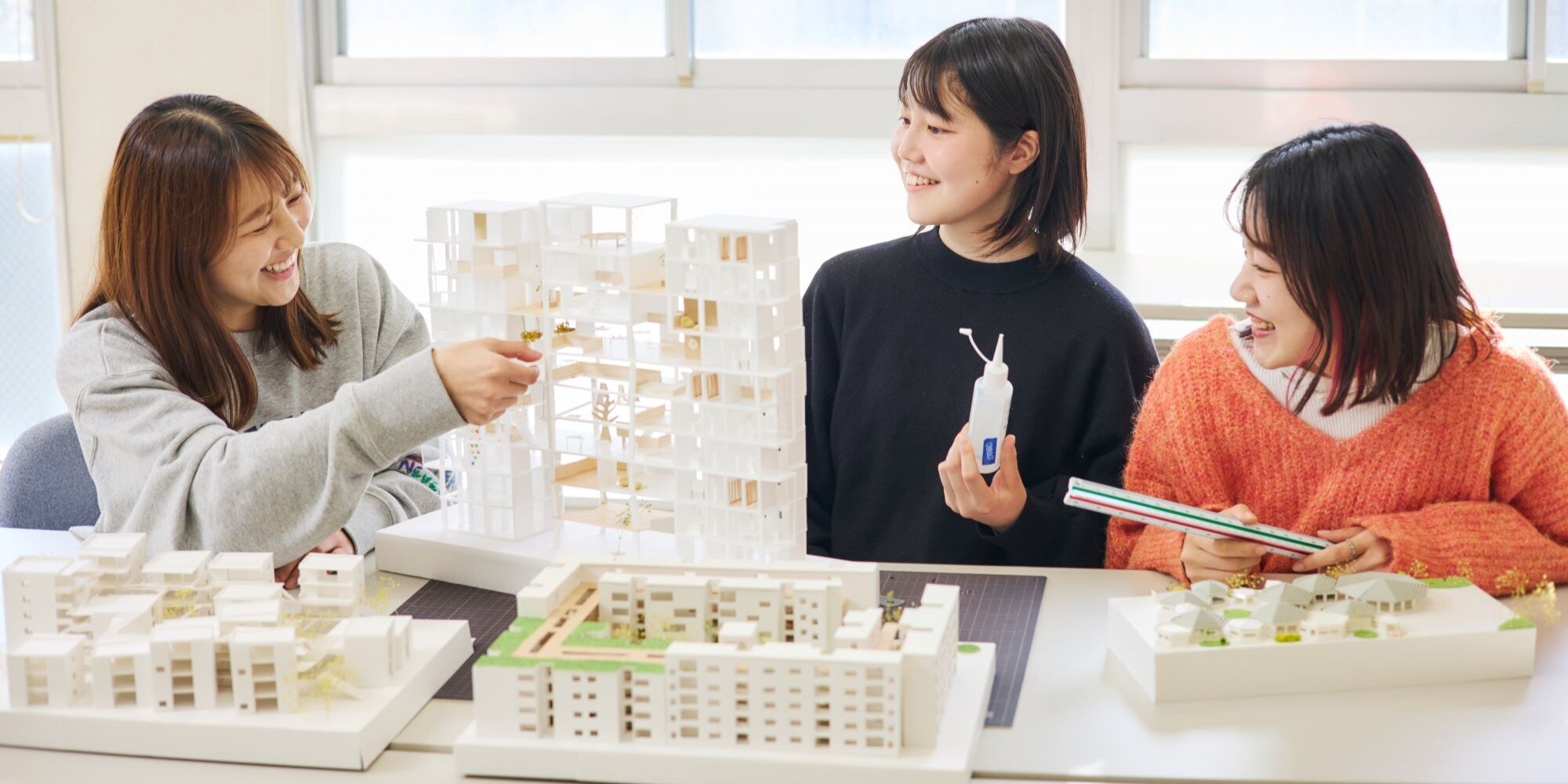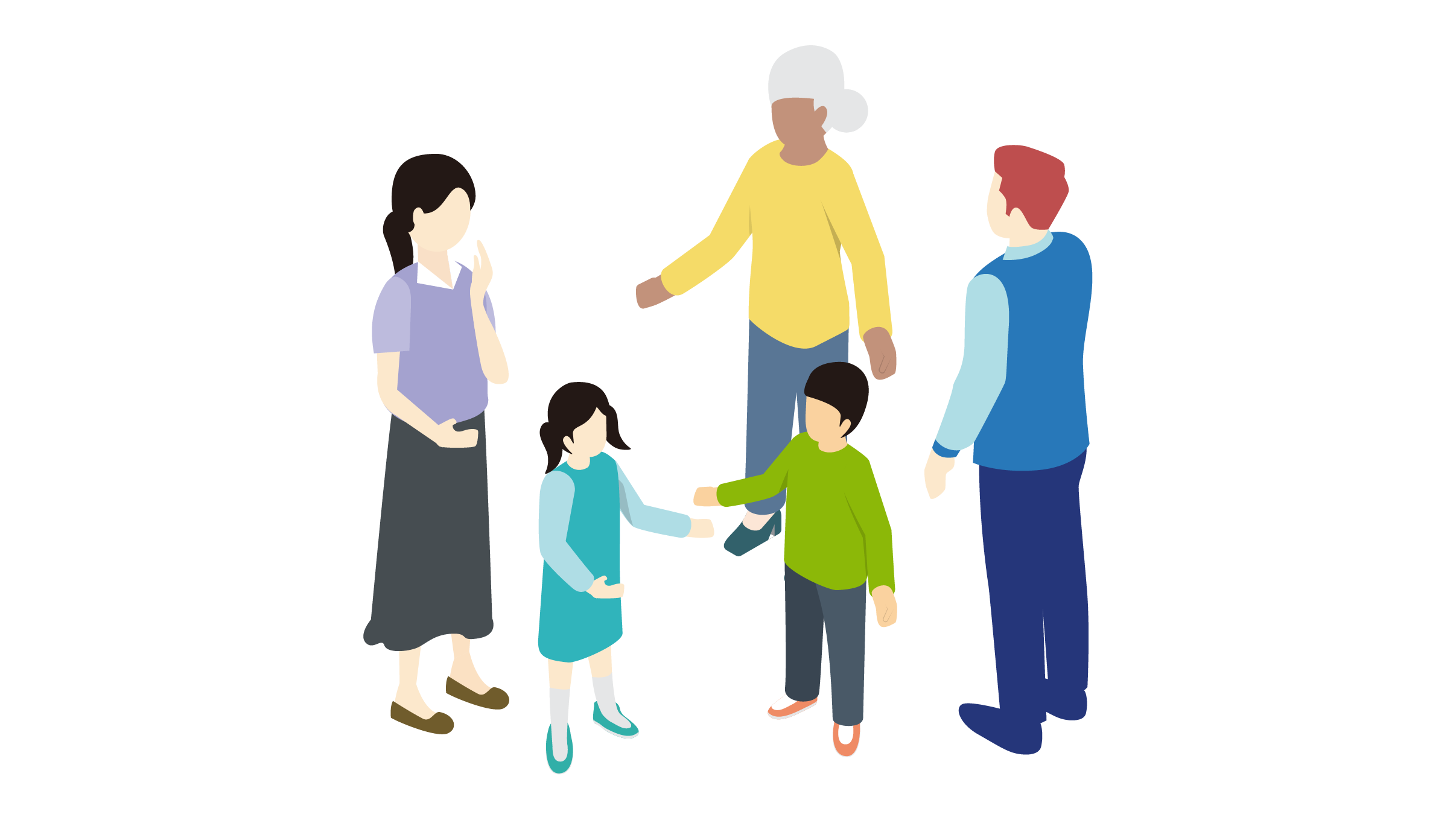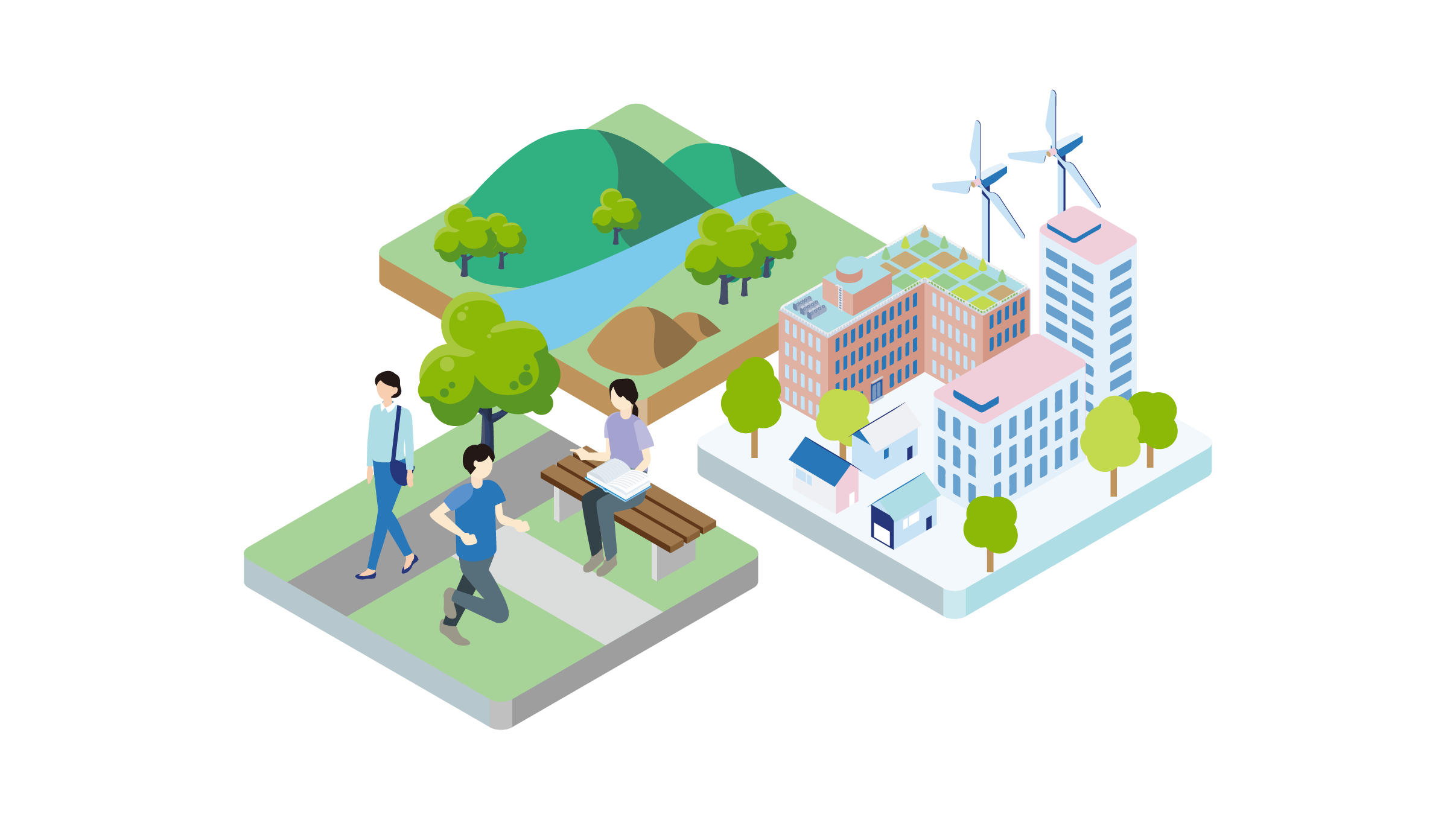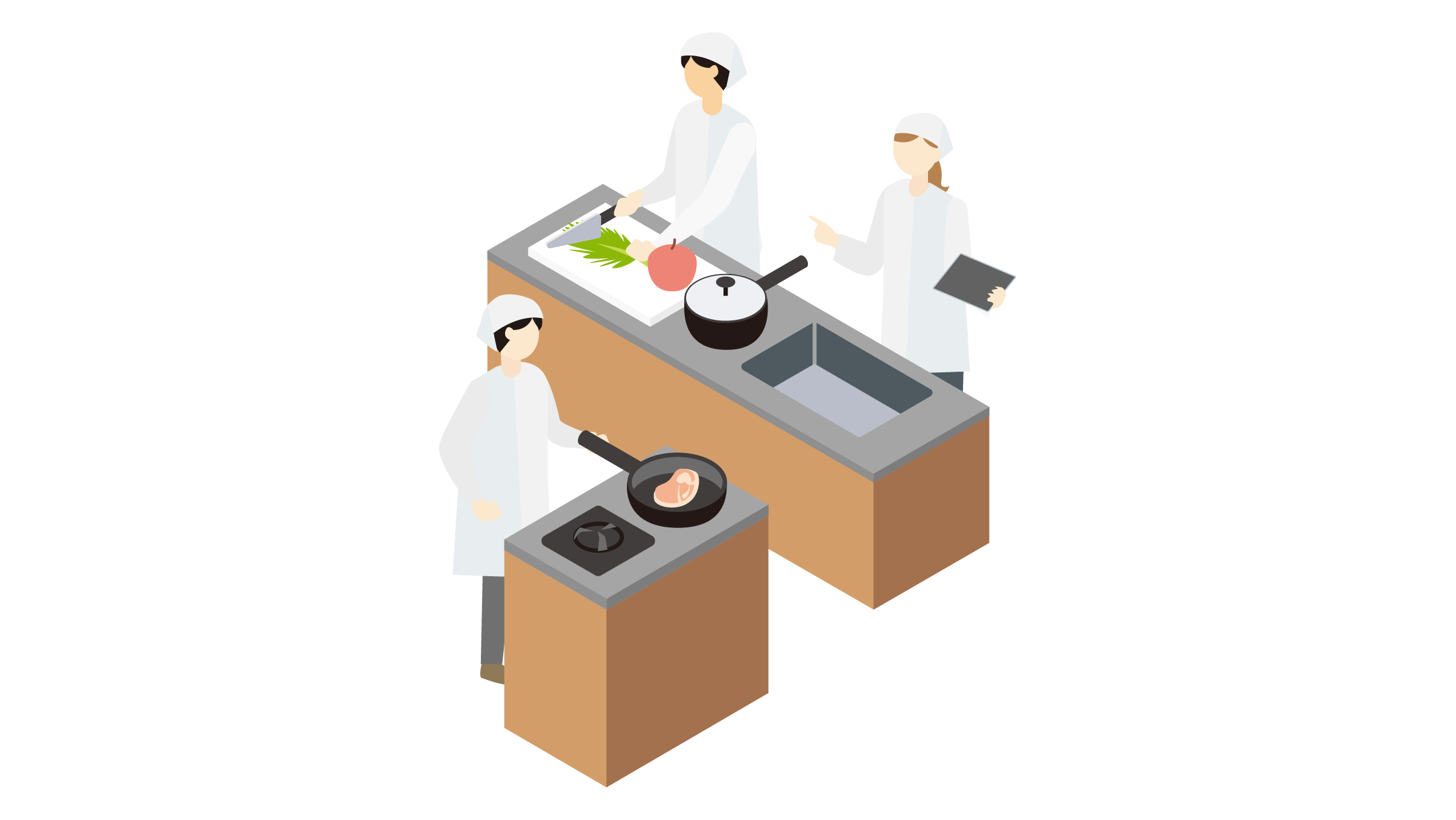School of Human Science and Environment
POINT1
Interdisciplinary learning
Students study diverse subjects that transcend the boundaries of the arts and sciences, such as economics, education, social disparity, health, and community, about human life and the environment surrounding it.

POINT2
Cultivating the ability to solve problems from diverse perspectives
Because issues related to the environment and humans are intricately intertwined, students study various fields and develop the ability to perceive and solve problems from multiple perspectives.

POINT3
Deciding on your specialization after enrolment
Students do not have to decide on a specialization at the time of enrolment; the curriculum allows students to study a wide range of subjects in the first year and to choose a major after determining which is right for them (except for the Food Science and Nutrition course).

Department and Course
Department of Human Science and Environment
Human Development Course
Aiming to create an environment in which people of all ages can maintain and improve physically and mentally fulfilling lives and ensure diverse forms of self-fulfillment and social participation, students learn about people's growth and development as well as mental and physical health from various perspectives with the keywords of "health," "welfare" and "education".

International Cultural Studies Course
Students study English and other languages and the cultural background of each language area, as well as cultural phenomena and multicultural societies arising from international affairs. The course emphasizes the interrelationship between language and culture and fosters social communication skills and the ability to understand and empathize with different cultures.

Social Design Course
With the three pillars of "policy," "community" and "communication," the department explores a wide range of matters related to life and living, such as urban and rural areas, disaster prevention, welfare and the media. By taking a sociological, economic, urban planning and geographical approach to changes in social and economic structures, etc., we develop human resources capable of creating a symbiotic society where diverse people can interact and live together on an equal footing.

Living and Natural Environmental Design Course
Aiming to understand the global environment as the basis of human life and to create better living environments, students acquire knowledge of the natural environment, living organisms and ecosystems, as well as the temporal, spatial and social characteristics of living environments, and acquire the skills needed to create comfortable living spaces and livable human societies.

Food Science and Nutrition Course
Food is crucial for people to grow and age healthily. In the Food Environment and Nutrition Course, students learn about food, health and nutrition through lectures, experiments and practical training, including the absorption, metabolism and functionality of food components, the body's mechanisms and their relation to disease, and nutritional management in clinical settings, to train "food professionals" who can contribute to health promotion and disease prevention.

Yearly Entrance Quota and Degree
| Course | Yearly Entrance Quota | Degree |
|---|---|---|
| Human Development | 165 | Human Science and Environment |
| International Cultural Studies | ||
| Social Design | ||
| Living and Natural Environmental Design | ||
| Food Science and Nutrition | 40 |
Main Qualifications and Licenses
- Teacher's License
- Architecture License (eligible to be examined)
- Dietitian License
- Registered Dietitian License (eligible to be examined)
Location
Himeji Campus for Human Science
1-1-12, Shinzaike-honcho, Himeji, Hyogo 670-0092